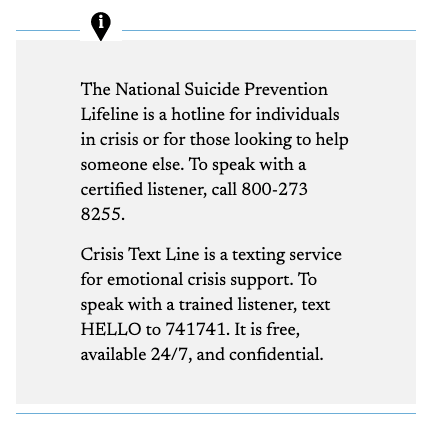
By NOAH TABORDA
Kansas Reflector
TOPEKA — A rise in youth suicide rates, accompanied by increased reports of anxiety and depression among school-age children, has a Kansas panel focused on pandemic safety in the classroom concerned as the pandemic drags on.
Kelli Netson, a neuropsychologist, kicked off a panel discussion on pandemic-related mental health issues in Kansas by noting statistics that suggest upward of 50% of youths are reporting increased distress levels. This has manifested itself in anxiety and depression, so while they may not have a diagnosis, they are reporting much higher levels of stress than in years past.

While the holidays and winter break may provide an outlet for some to relieve stress, Netson said, for some going home can be just as difficult.
“I have concerns about what the next six weeks look like,” Netson said. “We as parents should be listening to what our kids are seeking, listening to what kids are experiencing, validating those experiences and then just letting your kids talk.”
The Safer Classrooms Workgroup’s discussion on Wednesday came after the nation’s top physician reported young people are facing “devastating” mental health effects as a result of the pandemic. The 53-page report noted emergency room visits from youths suffering from mental health issues are on the rise.
Emergency room visits for suicide attempts increased by 51% for adolescent girls and 4% for boys in early 2021 compared with the same period in 2019.
Stephanie Kuhlmann, a panel member and pediatric hospitalist division director at Wesley Children’s Hospital, said the mental health issues extend to hospital staff treating these students and teachers working to educate them.
“The resurgence of COVID numbers in our rural communities, and even here in our higher-populated communities, which comes at the time of the holidays, continues to put a stress and burden on our already burnt-out workers,” Kuhlmann said.
In October, the American Academy of Pediatrics, the American Academy of Child and Adolescent Psychiatry and the Children’s Hospital Association joined to declare “a national emergency” in youth mental health. One issue is an increase in deaths from overdoses because of self-medication.
Kimber Kasitz, director of health for Wichita Public Schools, also has been working with the School Mental Health Advisory Council, which is considering both ongoing and future issues that could arise.
“We’re really empowering the school districts to not just identify kids with these issues, but what happens after they go into an inpatient hospital setting for psychiatric treatment,” Kasitz said. “What does that process look like while still maintaining confidentiality for that child, while also communicating with the parents and the hospital, the clinic, whoever, so that we can develop a safety plan.”
The frequently changing dynamics of the pandemic has led to increased stressors for youths and teachers, said Kansas education commissioner Randy Watson. Currently there are 49 active outbreaks in schools across the state, down from 53 last week.
Watson acknowledged the uncertainty ahead. Wednesday’s meeting of the safer classrooms panel is the last one scheduled.
“We’re in a constant churn of kids being quarantined or being taken out because of viral load,” Watson said. “And a teacher every day doesn’t know what they are going to have to plan for. Sometimes when you’re in the daily fight, as all of us are, you lose sight of where we’ve been since (the beginning of the pandemic) and the different ways in which we’ve all had to respond to this crisis.”





